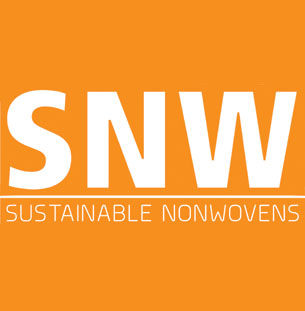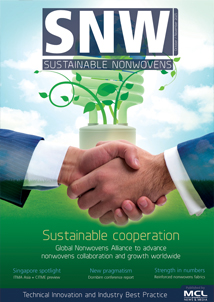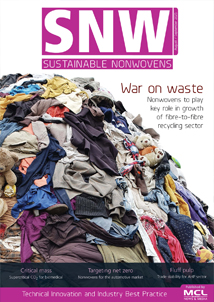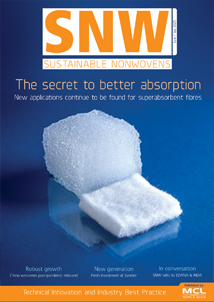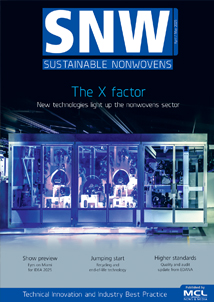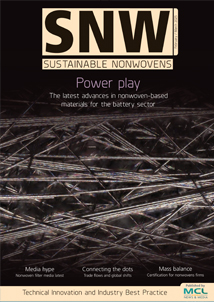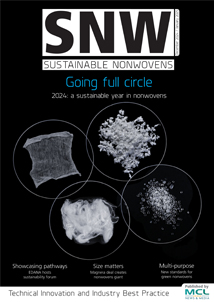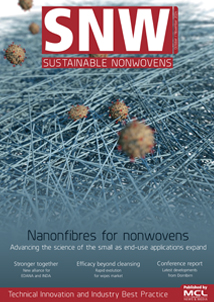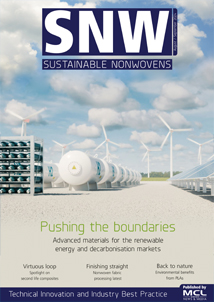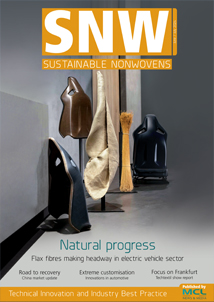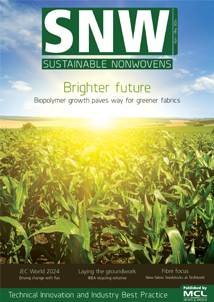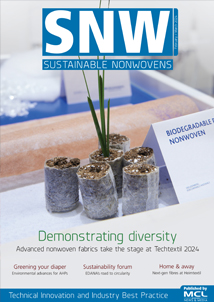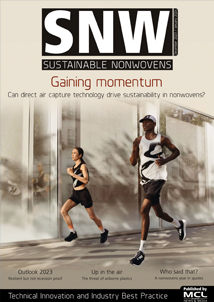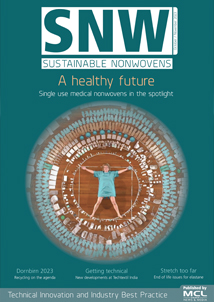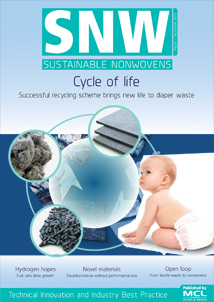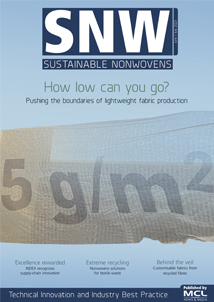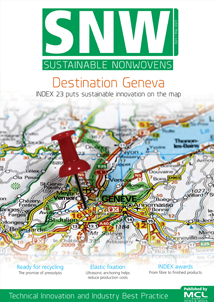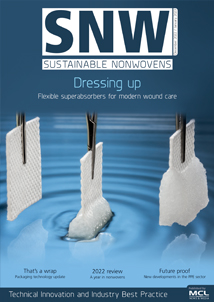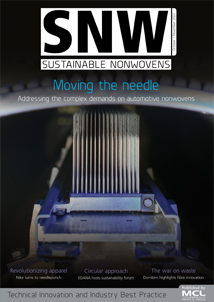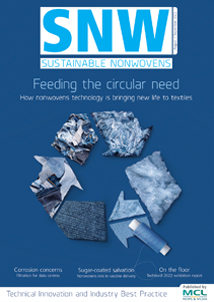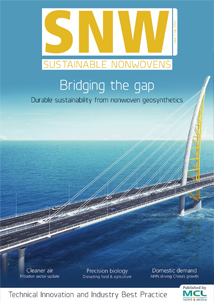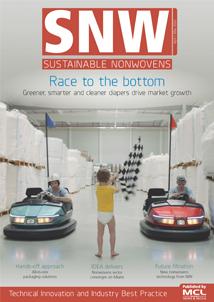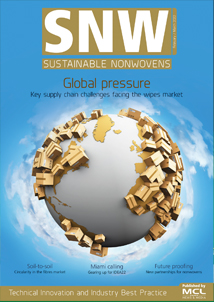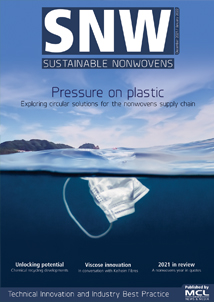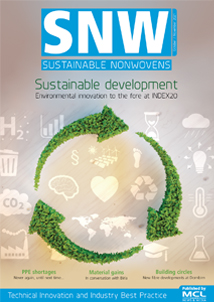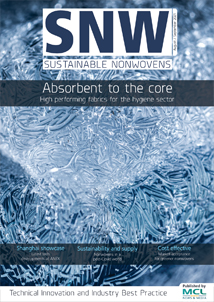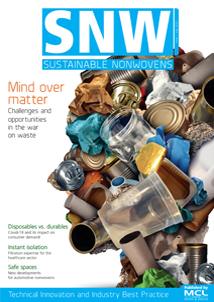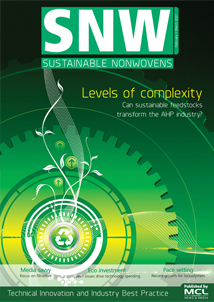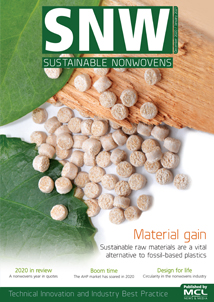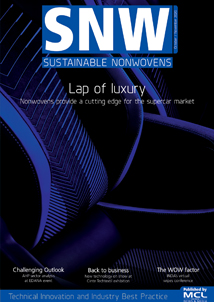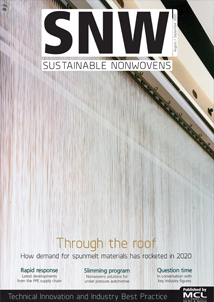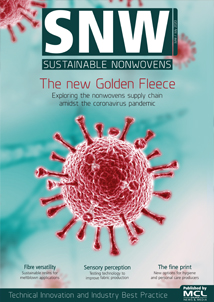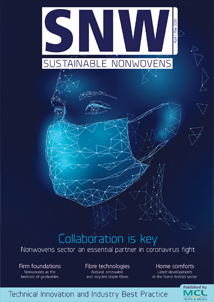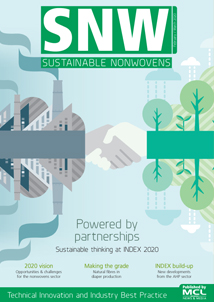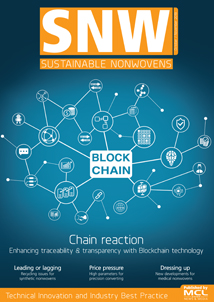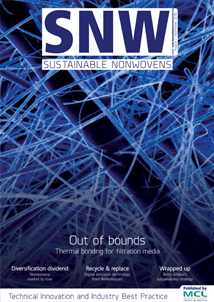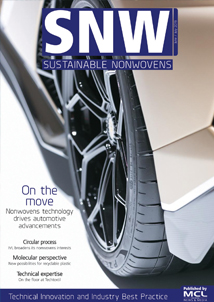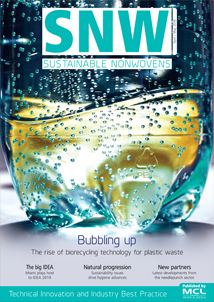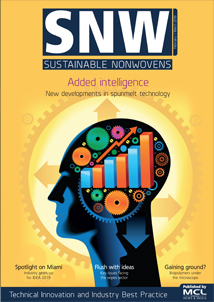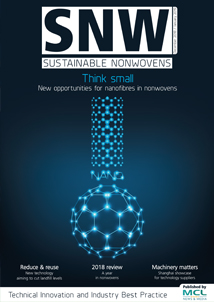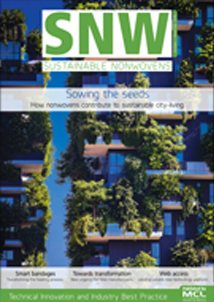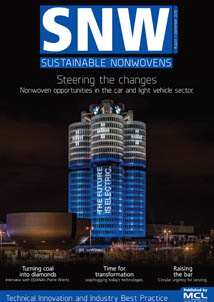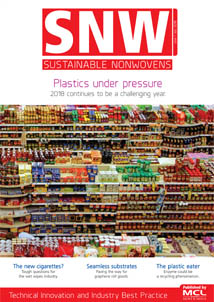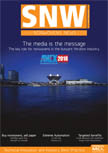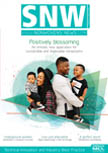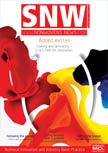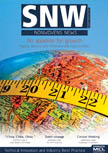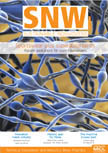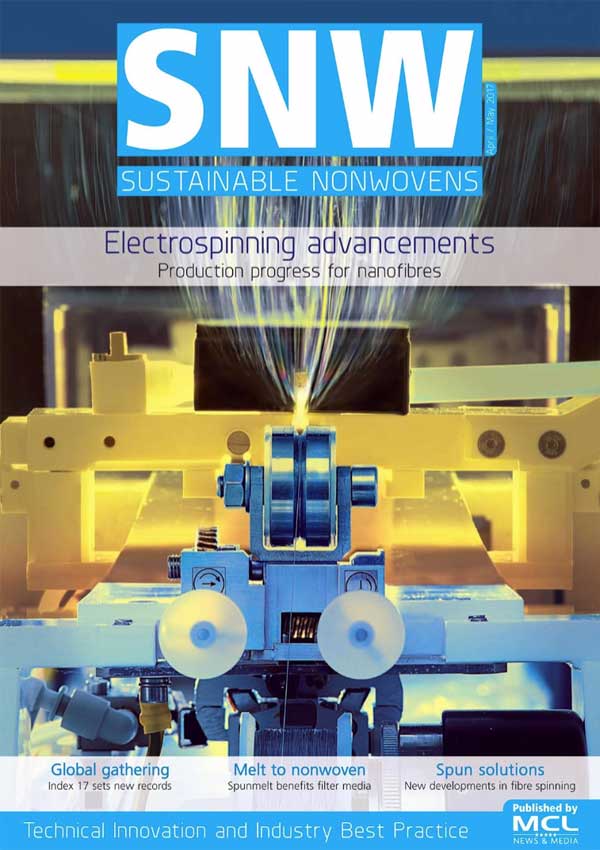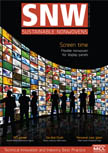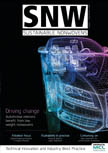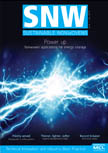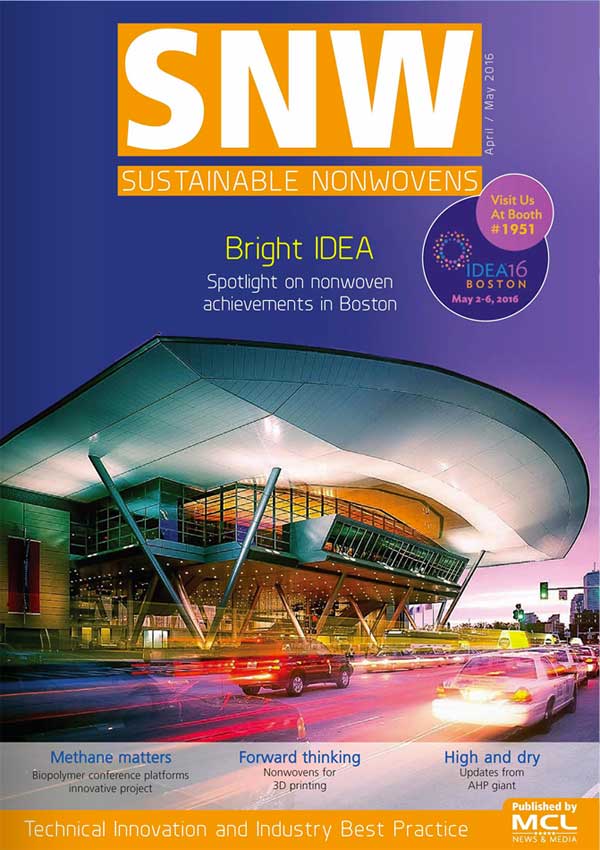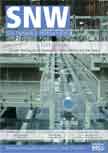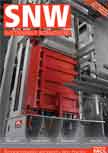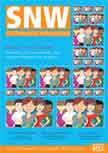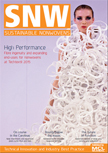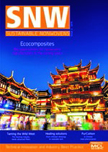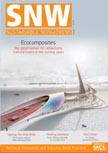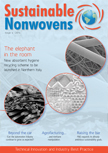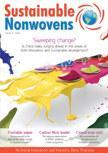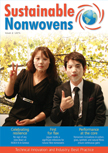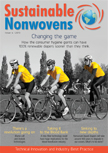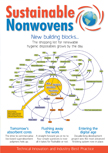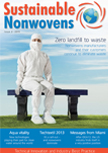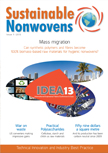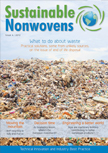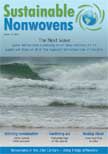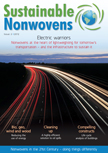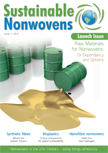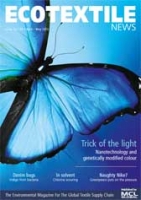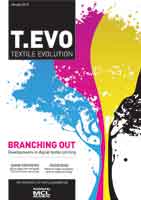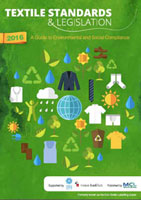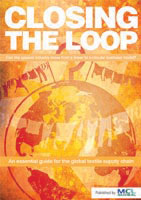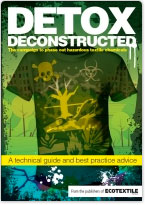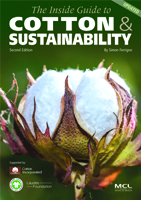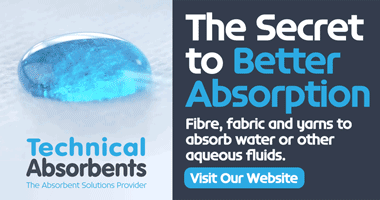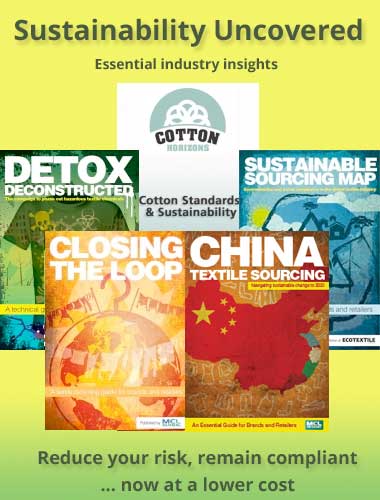BRUSSELS - EDANA, the global association for the nonwovens and related industries, together with the Absorbent Hygiene Product Manufacturers Association (AHPMA) in the UK, the Center for Baby and Adult Hygiene Products (BAHP), and the Association of the Nonwoven Fabrics Industry (INDA) in the US, has addressed a recent NGO report claiming to have detected trace levels of glyphosate in a single box of tampons.
In a joint statement, the organisations note that the report’s comprehensive results have not been published, and the “available details are minimal”.
“The report is limited in scale, stating that ‘just 15 boxes’ of tampons were tested,” the statement says.
“Its main claim centres on a finding in ‘one of the boxes’, without clarifying whether it was present in just one tampon or throughout the box. We would welcome the test data being shared so that we could examine and understand the results.
“The authors also state that the detected trace levels of glyphosate are 40 times higher than those permitted in drinking water, with their finding being 0.004 mg/kg. EDANA’s Stewardship Programme sets a guidance value of 0.5mg/kg for pesticides. The traces found in the NGO report are therefore 125 times lower than this industry guidance value.”
The joint statement also highlights how comparing levels in tampons to drinking water overlooks what it calls a crucial point; the nature of exposure.
“While individuals typically consume around two litres of water daily, a tampon is used only a few times per month and remains in contact with the body for only a few hours at a time,” it says, adding that such a comparison is therefore “misleading and disproportionate”.
“The health and safety of consumers is the foremost, non-negotiable commitment of our industry,” the statement adds. “EDANA's voluntary Stewardship Programme for Absorbent Hygiene Products (AHP’s), with its core component - the CODEX - exemplifies the industry's proactive commitment to safety, consumer confidence, and transparency.
“The CODEX establishes stringent guidance values for a list of trace chemicals. It goes beyond current EU and national legislative requirements, showcasing a commitment to best practices.
“It also incorporates standardised, consumer-relevant test methods - further ensuring that millions of individuals can use AHPs with confidence every day.
“Consumers can be assured that tampons are a safe way of managing their period. Our associations reiterate their full confidence in the safety of tampons, built on decades of safe use, rigorous testing, regulatory compliance and proactive industry stewardship.”
